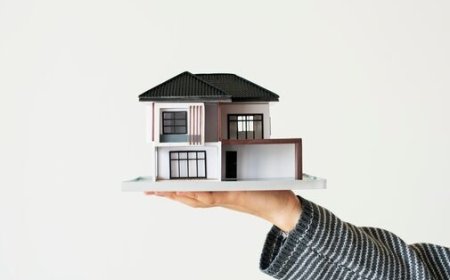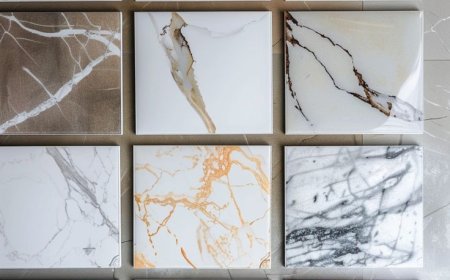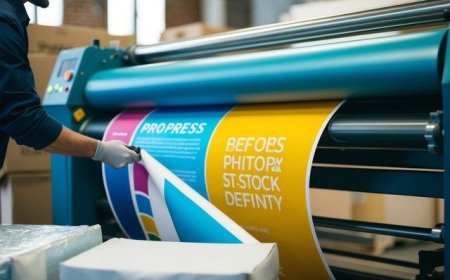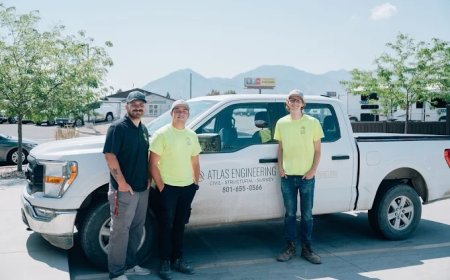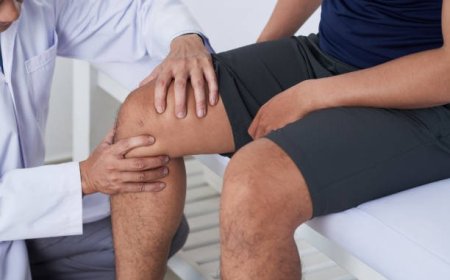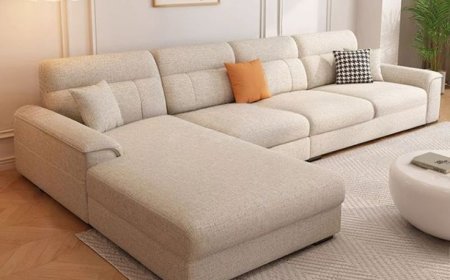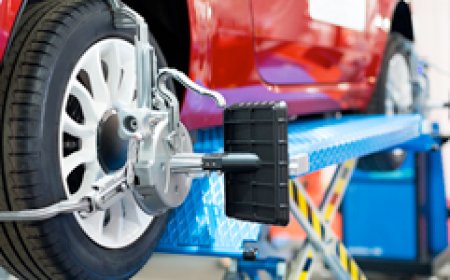Installing Aluminium Radiators: What to Know
Learn the key steps and tips for installing aluminium radiators. Make the right choices for efficient heat management with high-quality solutions from dolphin manufacturing llc.

Installing aluminium radiators isnt just about upgrading your cooling system its about making sure the setup works efficiently from day one. Aluminium Radiators offer great thermal conductivity, are lightweight, and last longer compared to traditional materials like copper or steel. But to get the most out of them, the installation process has to be done right.
Whether its for a vehicle, heavy equipment, or industrial machinery, understanding the basics of aluminium radiator installation can prevent common problems like overheating, leaks, or system failure.
Why Aluminium Radiators Matter
Aluminium is known for its excellent heat transfer properties. Thats why aluminium radiators are the go-to choice in many industries. From automotive to construction machinery, proper cooling helps equipment run smoothly and efficiently.
Dolphin manufacturing llc specialises in high-performance aluminium radiator cores. Built for durability and performance, these radiators handle high pressure, harsh environments, and intense workloads. Designed using advanced technology, they provide a consistent cooling experience, extending the life of the machinery and reducing downtime.
Before Installation: Things to Prepare
Installing an aluminium radiator starts with good preparation. A few checks and the right tools can make the whole job easier and safer.
1. Measure the Space
Make sure the radiator fits in the space available. Aluminium radiators come in different sizes and configurations, so check dimensions, inlet/outlet positions, and mounting points.
2. Flush the System
Always clean the existing cooling system before installing a new radiator. Leftover debris, old coolant, or corrosion can affect the new radiators performance.
3. Use Compatible Coolant
Not all coolants are safe for aluminium. Use the type recommended by the equipment or radiator manufacturer to avoid internal corrosion.
4. Inspect Hoses and Clamps
Old hoses can crack, and loose clamps may lead to leaks. Replacing worn-out parts before installation can save time and trouble later.
Installing the Radiator Step by Step
1. Disconnect the Battery
This is a safety step that avoids short circuits while working with the cooling fan or electrical sensors.
2. Drain the Old Coolant
Open the radiator cap and drain plug. Allow the system to empty fully into a container. Dispose of the coolant safely, as it's toxic.
3. Remove the Old Radiator
Take out any bolts or brackets holding the old radiator. Carefully disconnect the hoses, fan, and sensors if connected. Lift out the radiator slowly.
4. Fit the New Aluminium Radiator
Position the new unit and make sure the mounting points line up. Secure the radiator using bolts or brackets provided.
5. Reconnect Hoses and Wires
Attach the hoses tightly and use new clamps if needed. Reconnect any wiring or sensors. Double-check all connections.
6. Fill the System with New Coolant
Pour in the coolant slowly to avoid air bubbles. Use a funnel for better control. Once filled, start the engine and let it idle to remove any trapped air.
7. Check for Leaks
After the engine runs for a few minutes, inspect the connections and radiator surface. If theres no leak, the jobs done right.
Common Mistakes to Avoid
Even the best radiator wont work well if mistakes happen during installation. Keep an eye on these common errors:
- Overtightening clamps Can crack fittings or damage radiator necks.
- Using tap water Can lead to scale buildup inside the system. Always use distilled water mixed with coolant.
- Skipping the bleed process Trapped air reduces cooling performance.
- Reusing old hoses They might not seal properly or could burst under pressure.
Maintenance Tips for Long-Term Performance
- Once installed, aluminium radiators need only minimal maintenance but a little effort goes a long way.
- Flush the system once a year to keep coolant clean and effective. Check coolant levels every month, especially in extreme weather. Look for corrosion or signs of wear around hose joints.
- Cleaning the radiator fins with low-pressure air or water helps improve airflow and keeps cooling efficient.
Why Choose dolphin manufacturing llc?
Dolphin manufacturing llc builds aluminium radiators with a focus on strength, heat efficiency, and long-lasting performance. Used in a wide range of industries, these radiators are engineered for heavy use and tough environments.
Every core is made with precision using advanced technology to meet the highest industry standards. From vehicles to industrial machines, the performance is reliable and built to last.
For more information, contact:
Email: info@dolrad.ae
Phone: +97167032999
























